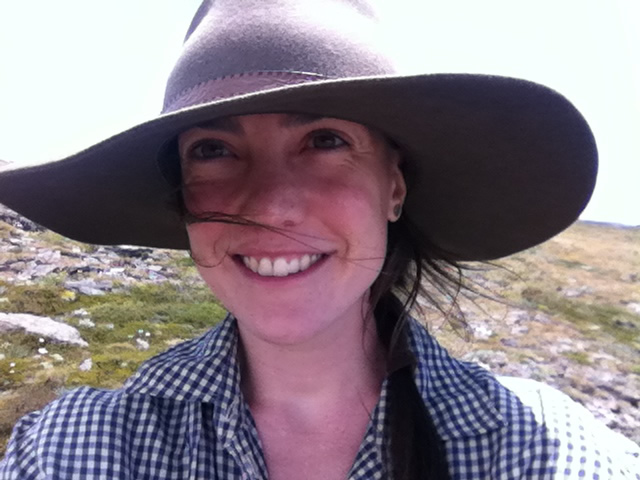
Freya Thomas
University of Melbourne
Received the Australian Flora Foundation Young Scientist Award for her
outstanding poster at ESA15. The conference was held in Adelaide at the Adelaide Hilton from November 29-December 3
Freya Thomas is a PhD student at The University of Melbourne in the Quantitative and Applied Ecology Group
Thirty years after Noble and Slatyer’s (1980) use of minimal demographic data to predict species replacement sequences and vegetation response to recurrent disturbances, ecologists are still ignorant of basic knowledge of life history characteristics for many plant species, and managers are still asking for it. While qualititative data are reasonably widely available, quantitative data on species life history characteristics are often lacking despite being fundamentally useful for quantifying growth rates and ‘age to reproductive maturity’ for use in ecological fire management. ‘Reproductive maturity’ is a central concept for predicting species responses to disturbance, yet is linguistically vague with uncertainties surrounding what to measure, when, why and how to quantify it. I present, compare and discuss three approaches to modeling reproductive maturity for multiple plant species, based on multi-species datasets collected in Victoria, Australia. One approach relates the probability of reproduction to plant size through logistic regression, the second aims to characterise reproductive output with a sigmoid curve, and the third is based on a ‘hurdle’ model which combines probabilities of being reproductively mature with sized-based estimates of expected reproductive output.
